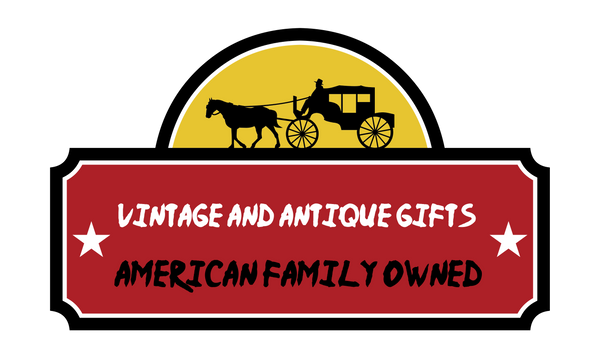Unwrapping the Nostalgia of Antique Vintage Mincemeat Labels
Discover the Rich History of Mincemeat and Antique Vintage Labels
Imagine your holiday table without the classic mincemeat pie - it's like missing a vital ingredient in a cherished tradition. Dating back to 15th century England, mincemeat pie has evolved from a preservation technique to a beloved holiday dish enjoyed across the globe. Traditionally made with a blend of fruit, spices, and meat, modern variations often omit the meat, making it suitable for vegetarians.
While mincemeat may not be as mainstream as it once was, today's holiday menus still feature this delightful treat. Whether you prefer a vintage recipe or a modern twist, mincemeat pies and tarts are a nostalgic comfort food perfect for winter gatherings.
Experience the nostalgia of mincemeat with antique vintage labels like Brick’s, Lambrecht, and Beechwood. Explore our collection and add a touch of history to your holiday baking traditions. Visit Vintage and Antique Gifts for more mincemeat collectibles.
Share your thoughts on mincemeat below - are you a fan of this timeless dish?
